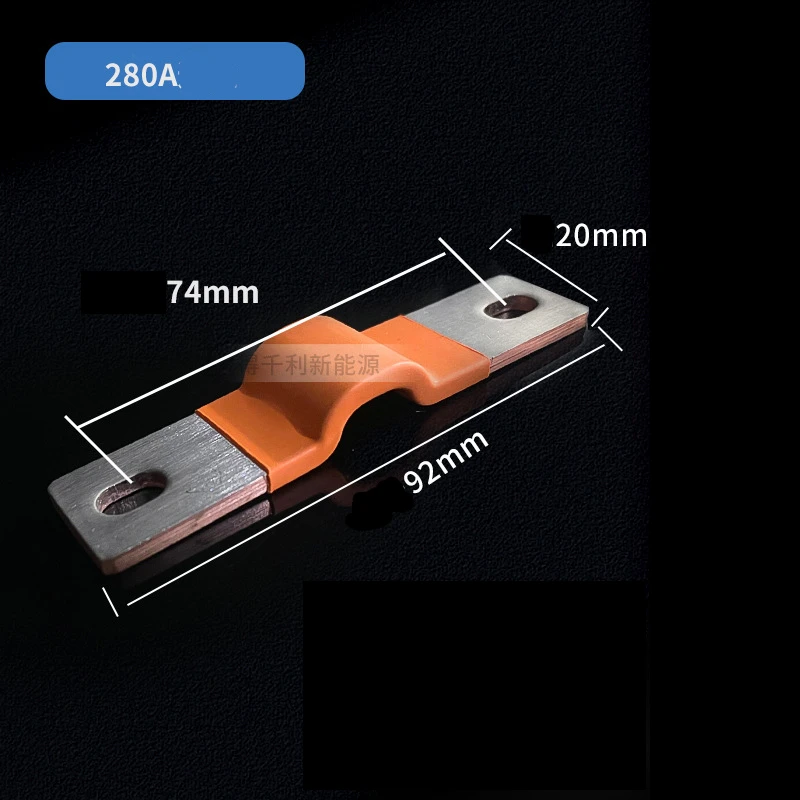Flexible Busbars? Yay or Nay
Why Flexible Busbars for LiFePO4 Battery Cells are mostly a Gimmick
Introduction In the world of LiFePO4 battery cells, flexible busbars have gained popularity as an innovative solution promising improved performance and longevity. However, some industry experts and battery enthusiasts argue that this is merely a marketing gimmick designed to boost profit margins. This article explores the reasons behind this skepticism and presents both sides of the argument, including real-world accounts.

Reasons Why Flexible Busbars Are Considered a Gimmick
- Limited Swelling in LiFePO4 Cells
- Argument Against: LiFePO4 battery cells are known for their stability and minimal swelling compared to other battery chemistries. The structural integrity of these cells typically does not necessitate flexible connections. The argument here is that the batteries would never swell enough to require a busbar that can extend its length, making the flexible feature redundant.
- Real-World Account: Many DIY battery builders and professionals have reported that their LiFePO4 battery packs remain structurally sound over long periods, with no significant swelling that would justify the need for flexible busbars.
- Increased Complexity and Cost
- Argument Against: Flexible busbars add unnecessary complexity and cost to battery pack construction. Traditional rigid busbars are sufficient for maintaining solid connections and managing current flow. The additional expense of flexible busbars may not translate into any significant performance benefits, thus being viewed as an upsell tactic.
- Real-World Account: Most battery assembly experts have highlighted that they have successfully used rigid busbars for years without any issues related to swelling or connection failures. These experts argue that the cost-benefit ratio of flexible busbars does not favor their use in practical applications.
- Potential for Increased Resistance
- Argument Against: The materials and design used in flexible busbars can sometimes introduce additional electrical resistance, which may negatively impact the efficiency of the battery pack. In contrast, rigid busbars typically offer lower resistance and more reliable performance.
- Real-World Account: Engineers and battery technicians have noted that maintaining low resistance connections is critical for high-performance battery systems. Any additional resistance introduced by flexible busbars could potentially degrade the overall efficiency of the system.
Arguments in Favor of Flexible Busbars
- Improved Vibration Resistance
- Argument For: Flexible busbars can absorb and dissipate vibrations more effectively than rigid busbars. This feature can be particularly beneficial in applications where the battery pack is subject to constant movement or vibrations, such as in electric vehicles or portable power systems.
- Real-World Account: Some users in the automotive industry have reported that flexible busbars contribute to the longevity and reliability of battery packs by reducing the stress on connections due to vibrations.
- Ease of Assembly and Maintenance
- Argument For: Flexible busbars can simplify the assembly process, especially in battery packs with complex geometries or tight spaces. They allow for easier alignment and connection of cells, which can reduce assembly time and potential errors.
- Real-World Account: Battery assembly technicians in some manufacturing setups have expressed that flexible busbars make the assembly process more straightforward, reducing the likelihood of connection issues during installation.
Conclusion While flexible busbars for LiFePO4 battery cells are marketed as an innovative solution, many industry experts argue that they are unnecessary and primarily serve as a way to increase profit margins. The stability and minimal swelling of LiFePO4 cells, coupled with the additional cost and potential for increased resistance, make flexible busbars a questionable investment for many applications. However, in specific use cases involving high vibration environments or complex assembly requirements, flexible busbars may offer some advantages. Ultimately, the decision to use flexible busbars should be based on the specific needs and constraints of the battery pack design.

